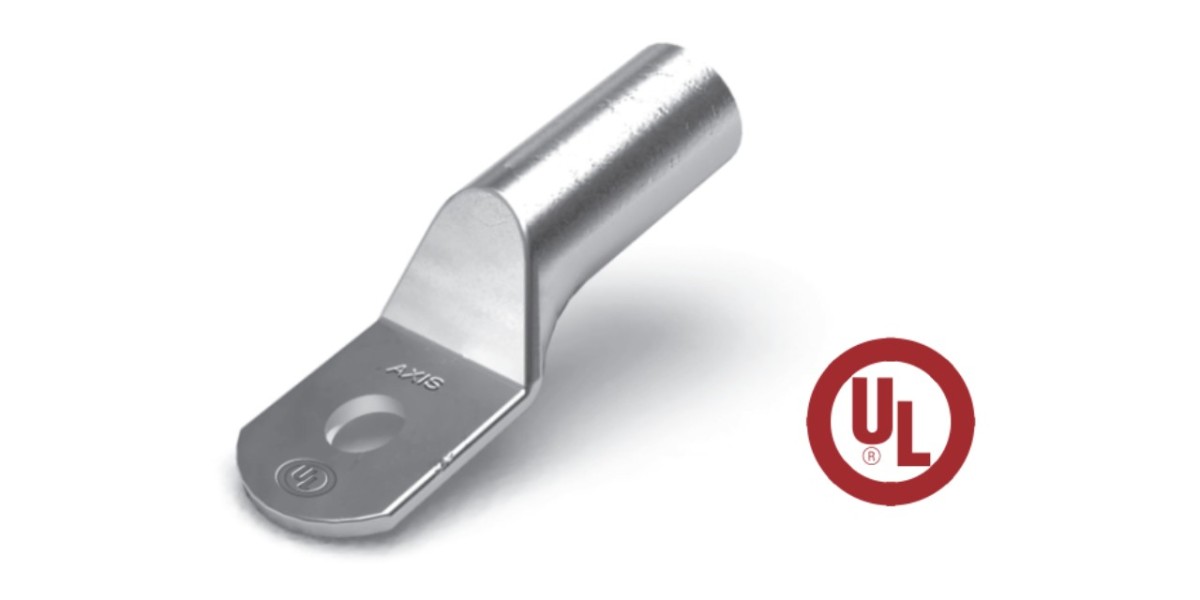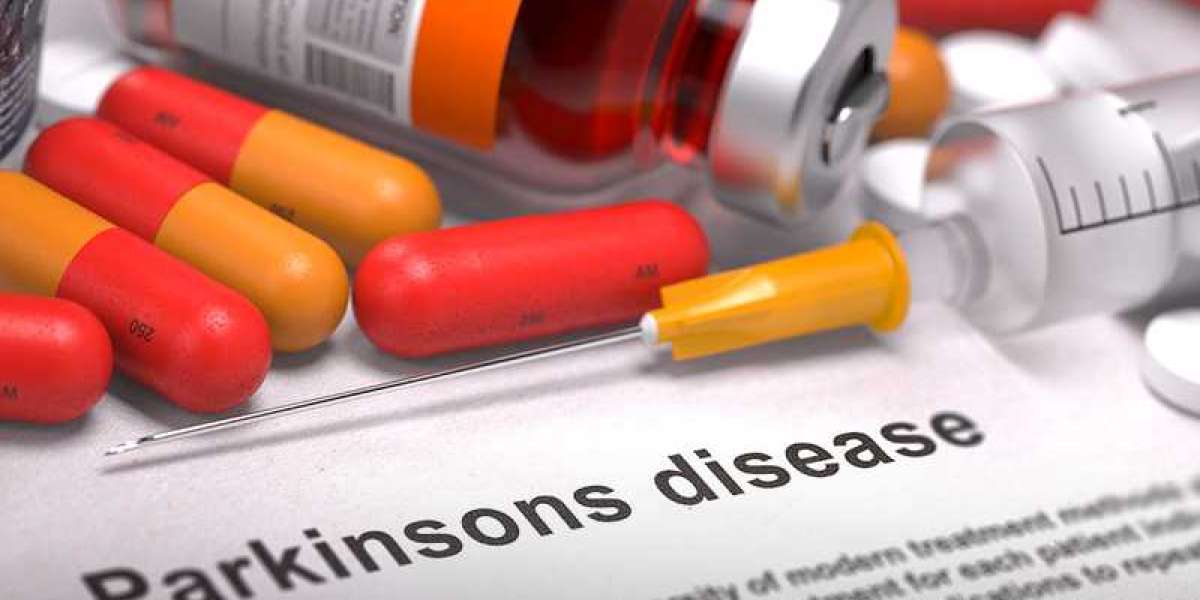Copper terminals are widely used in electrical and electronic applications due to their excellent conductivity and corrosion resistance. However, ensuring a proper installation is essential to maximize the performance and longevity of copper terminals. In this blog post, we will explore the key steps and techniques for the correct installation of copper terminals, helping you achieve reliable connections and optimize your electrical systems.
Prepare the cables: Before installing copper terminals, it's crucial to prepare the cables properly. Start by stripping the insulation from the end of the cable, ensuring that the stripped length matches the terminal's requirements. Use a suitable wire stripper or cutter to remove the insulation carefully, taking care not to damage the conductors.
Select the right terminal: Choosing the appropriate copper terminal is crucial for a successful installation. Consider factors such as the cable size, current carrying capacity, and application requirements. Ensure that the terminal is compatible with the cable size and type, and verify that it can handle the expected electrical load.
Crimping technique: Crimping is the preferred method for attaching copper terminals to cables. It provides a secure and reliable connection. Use a high-quality crimping tool specifically designed for copper terminals. Position the terminal over the stripped end of the cable, ensuring that all the strands are within the terminal's barrel. Apply consistent pressure with the crimping tool to compress the terminal around the cable, creating a tight and durable connection.
Insulation and strain relief: After crimping the terminal, ensure that the connection is adequately insulated and strain relieved. Install heat shrink tubing over the crimped area and use a heat gun to shrink the tubing, providing insulation and protection against moisture, dust, and accidental contact. Additionally, use appropriate strain relief measures such as cable ties or strain relief bushings to alleviate stress on the connection point and prevent cable damage.
Quality check: Once the installation is complete, perform a thorough quality check. Inspect the crimped connection to ensure that it is secure, with no visible signs of damage or loose strands. Verify that the terminal is correctly aligned and seated on the cable. Test the electrical continuity and perform a tug test to check the connection's strength.
Documentation and labeling: Proper documentation and labeling are essential for future maintenance and troubleshooting. Document the installation details, including cable sizes, terminal types, and installation dates. Label the cables and terminals clearly, using durable and legible labels. This will aid in identifying specific connections and simplify future repairs or modifications.
By following these proper installation techniques for copper terminals, you can ensure reliable and efficient electrical connections. Correctly installed copper terminals will provide optimal conductivity, minimize the risk of failures or loose connections, and contribute to the overall performance and safety of your electrical systems. Remember to adhere to industry standards, manufacturer guidelines, and local electrical codes to achieve the best results.



